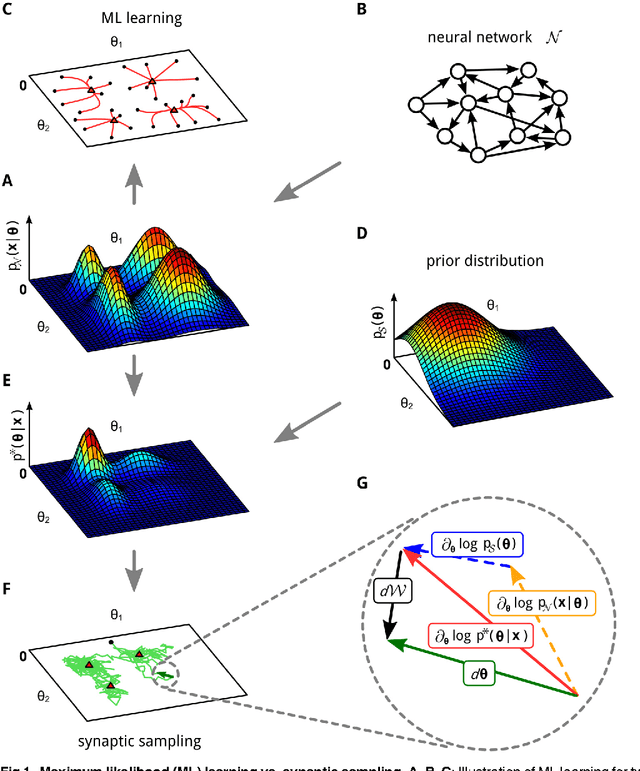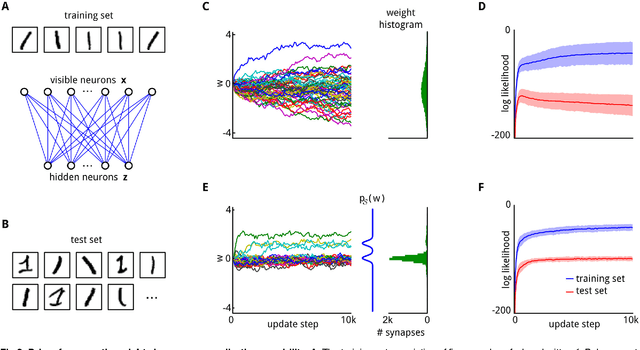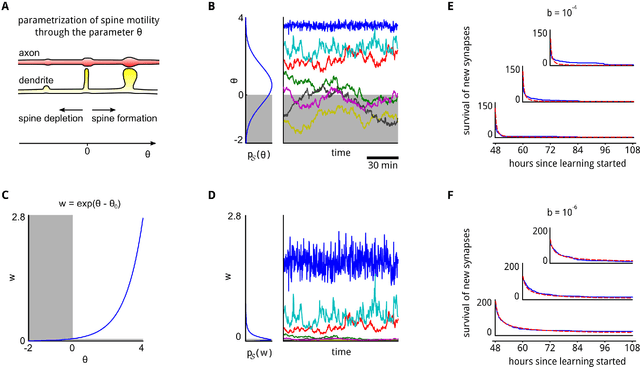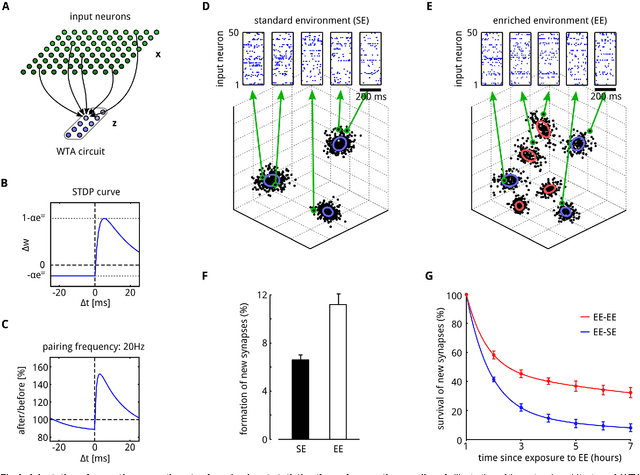Network Plasticity as Bayesian Inference
Paper and Code
Apr 20, 2015



General results from statistical learning theory suggest to understand not only brain computations, but also brain plasticity as probabilistic inference. But a model for that has been missing. We propose that inherently stochastic features of synaptic plasticity and spine motility enable cortical networks of neurons to carry out probabilistic inference by sampling from a posterior distribution of network configurations. This model provides a viable alternative to existing models that propose convergence of parameters to maximum likelihood values. It explains how priors on weight distributions and connection probabilities can be merged optimally with learned experience, how cortical networks can generalize learned information so well to novel experiences, and how they can compensate continuously for unforeseen disturbances of the network. The resulting new theory of network plasticity explains from a functional perspective a number of experimental data on stochastic aspects of synaptic plasticity that previously appeared to be quite puzzling.
 Add to Chrome
Add to Chrome Add to Firefox
Add to Firefox Add to Edge
Add to Edge